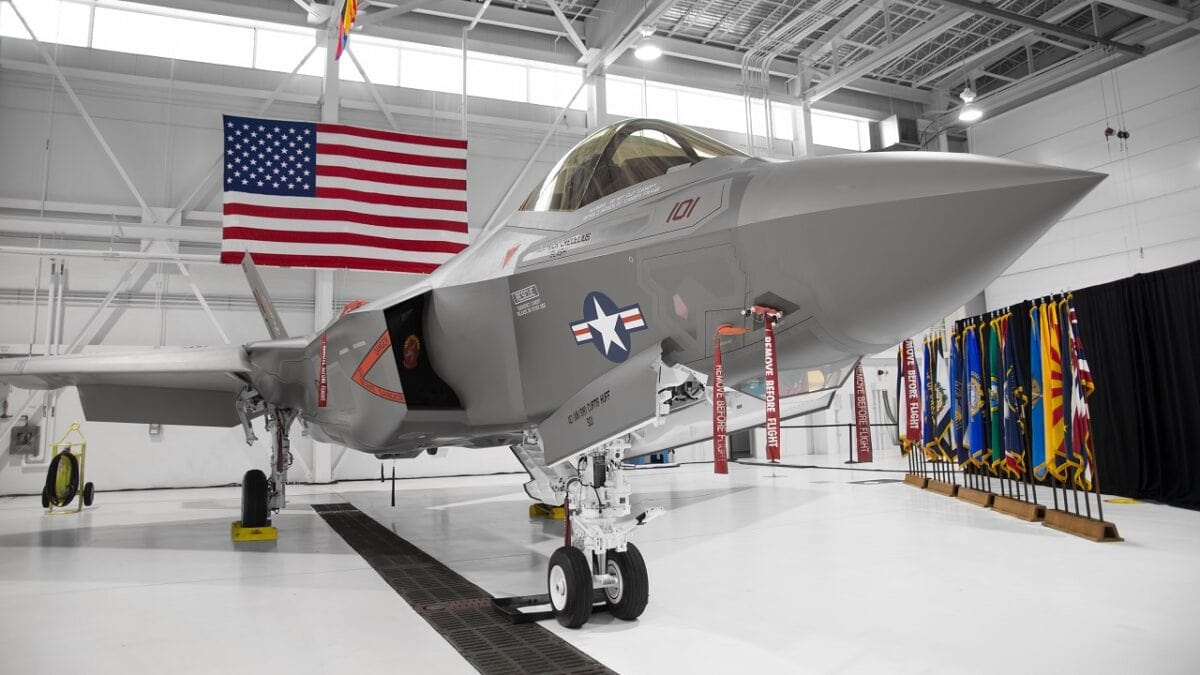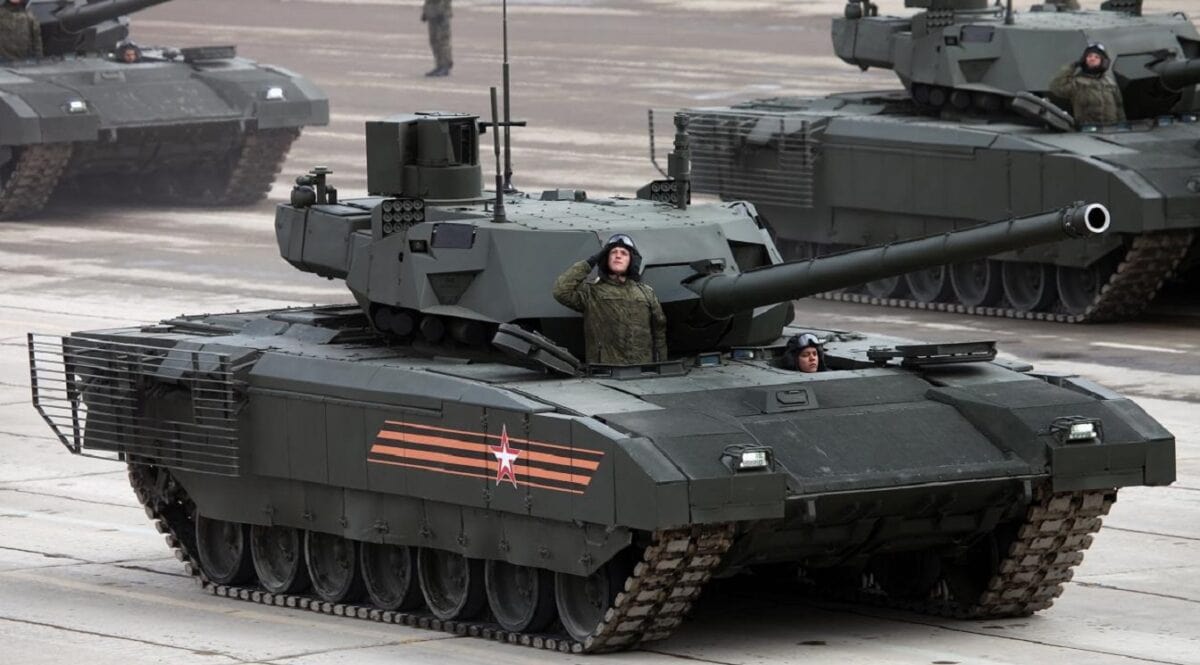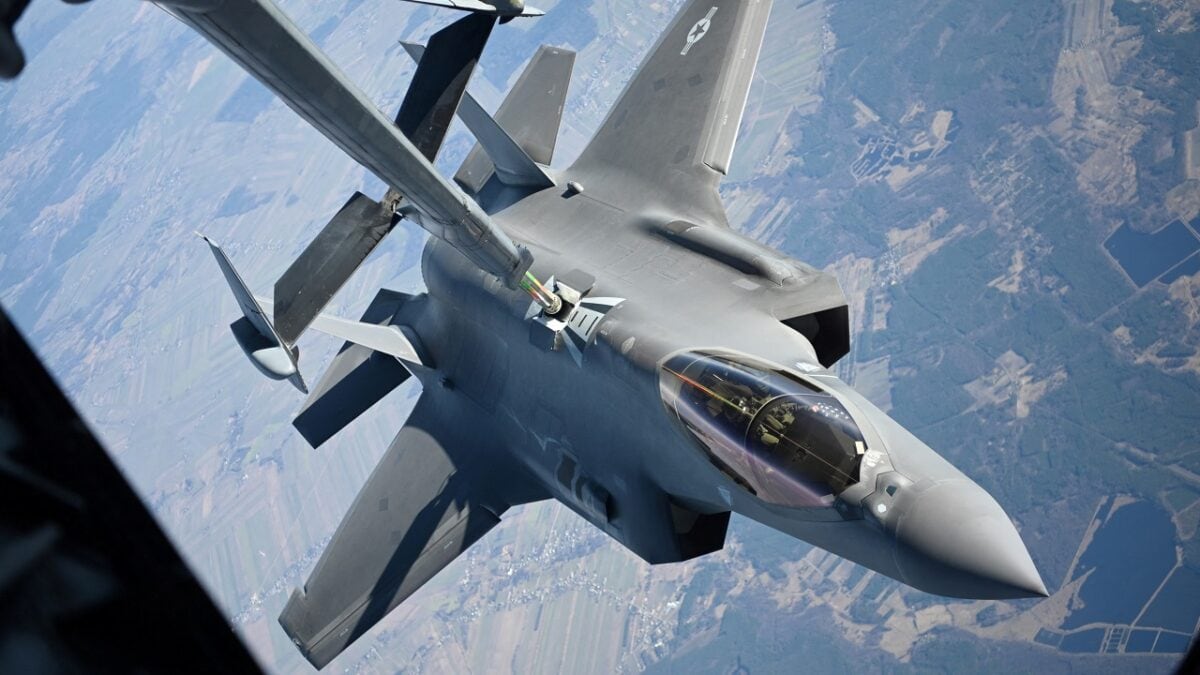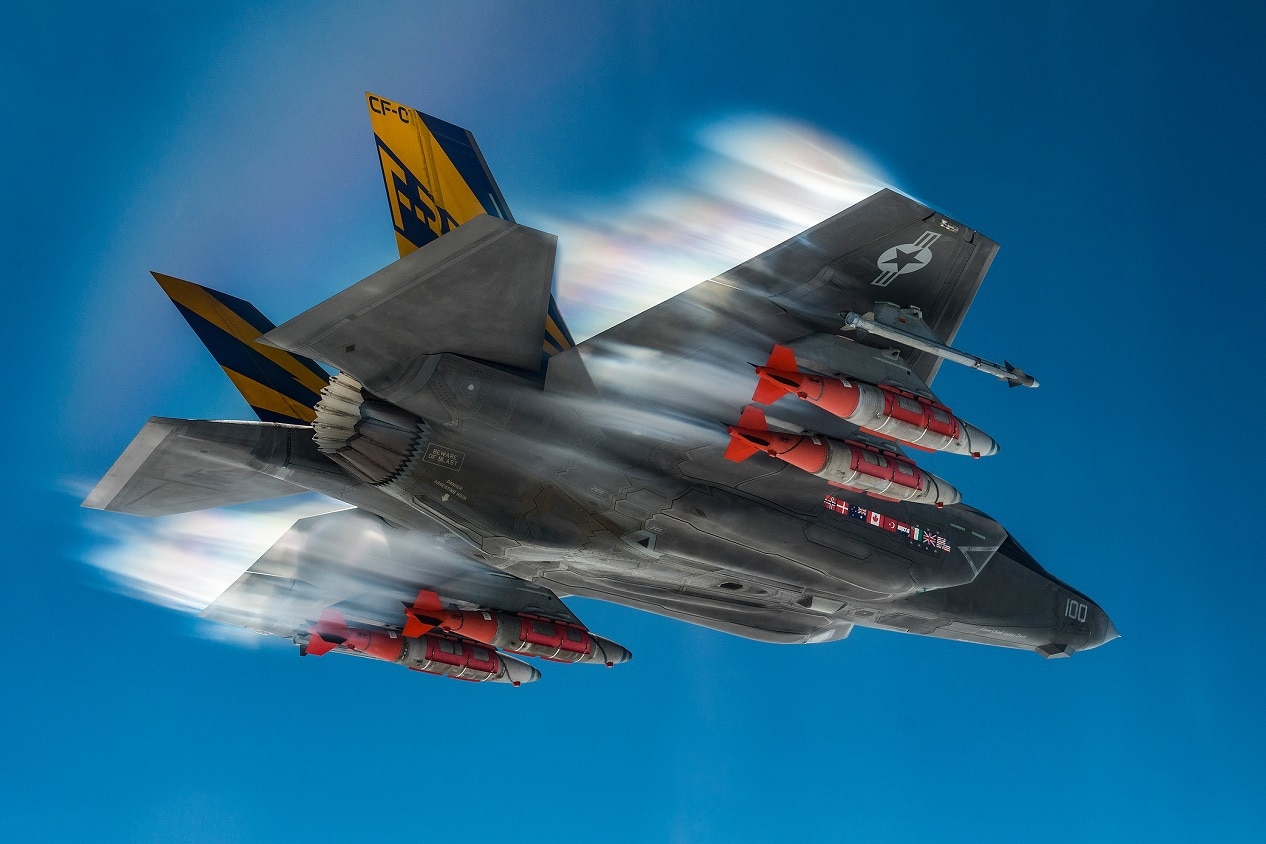Since its introduction, the Lockheed Martin F-35 Lightning II has not been without controversy. To its critics, it is an overpriced aircraft that is ill-suited to the demands of a changing world. The question of its cost is likely one that will never go away.
In fact, the price tag of the fifth-generation aircraft even has U.S. lawmakers divided, and last year some in the House of Representatives even called for sustainment costs to be lowered for the Pentagon to acquire additional aircraft.
“The program’s over budget. It fails to deliver on promised capabilities and its mission-capability rates do not even begin to meet the services’ thresholds,” Rep. John Garamendi, D-Calif., chairman of the House Armed Services Committee’s readiness subpanel, told reporters in April 2021. “Don’t expect more money. Do not expect to have more planes purchased than are in the president’s [fiscal year 2022] budget. That’s not going to happen.”
A 2021 United States Government Accountability Office (GAO) report also called for the Department of Defense (DoD) to cut billions in estimated costs for the F-35 program to achieve affordability.
However, more than 130 members of the United States House of Representatives had also called for the continued financial support of the F-35 Joint Strike Fighter program last year. A total of 132 lawmakers signed a letter authored by the co-chairs of the Joint Strike Fighter Caucus, including Reps. John Larson, D-Conn.; Marc. Veasey, D-Texas; Michael Turner, R-Ohio; and Chris Stewart, R-Utah.
“We are concerned that any cuts in the Fiscal Year 2022 will leave the Air Force, Navy, and Marine Corps with a capability gap that legacy aircraft or new variants thereof cannot fulfill, while also reducing the enterprise’s ability to continue cost reduction activities at the planned rates, ultimately adding unnecessary life cycle cost into the system,” the lawmakers stated.
F-35: What Will It Cost?
The total cost of the F-35 Joint Strike Fighter program will be $1.508 trillion for the life of the program, which is now expected to last until the 2070s. However, those estimates are actually in 2070 dollars, a fact that very much should be put in perspective. In addition, it is for about 3,000 aircraft that will be built over the coming decades.
The question then to ask again: Is the F-35 too expensive?
An opinion piece from The New York Times from 2021 went so far as to suggest that the F-35 is too pricey to fail. Critics of the program typically look first at the cost, while supporters will quickly address the aircraft’s capabilities – a point this reporter won’t bother with, as it doesn’t bear repeating.
Instead, we should look beyond the fact that it is the most successful fifth-generation stealth fighter and address that more than 825 have been built as of this August. That is well on its way to the 3,000 or so that are planned to be built, and that number could even increase as more nations are signing on to the program. Just this year, Germany, Switzerland, the Czech Republic, and Finland announced intentions to buy the aircraft.
Hardware is More Expensive
Yet, perhaps the question isn’t the cost of the F-35 – but rather ALL military hardware today.
The U.S. Navy’s USS Gerald R. Ford may be the largest and most capable aircraft carrier ever built, but it is the most expensive as well. The U.S. Navy plans to replace the aging Nimitz-class with the newer floating airfields on a one-for-one basis over the coming decades.
Meanwhile, it sold the last of its conventionally powered Kitty Hawk-class carriers to a scrapper for just a single cent each; and it will cost $1.5 billion to dispose of the USS Enterprise (CVN-63), the first nuclear-powered carrier. These costs should upset the American taxpayer, as we’ll be spending billions to retire old warships in the coming decades.

US F-35C. Image Credit: Lockheed Martin.
As for the F-35, it is truly a capable warbird, but let’s address the 800-pound gorilla in the room – the United States military can’t afford to lose even a single of these aircraft in battle.
And we’re not alone.
Moscow has touted the capabilities of its T-14 Armata main battle tank (MBT) as well as its own fifth-generation stealth fighter, the Sukhoi Su-57 – yet the former hasn’t been deployed to Ukraine, and there are only sparse reports of the latter taking part in any combat operations. Simply put, the Kremlin is struggling to reach serial production for those platforms due to their high respective cost, and likely can’t afford to lose a single T-14 or Su-57. The costs would be simply too much for Moscow to bear!
The situation with China is likely similar. In the past decade, Beijing went “all in” on a naval building spree that has allowed it to become a major regional power complete with aircraft carriers. There was much hype that its fourth carrier (and third domestically built from scratch) would be nuclear-powered, but now the People’s Liberation Army Navy (PLAN) is reportedly backpedaling, and the carrier will likely be conventionally powered. Cost is surely a factor.
China also struggles to create the right engine for its J-20 “Mighty Dragon,” and that likely won’t come cheap.
Perhaps Beijing really had planned to invade Taiwan, but it must be believed that it has monitored what Russia faced in Ukraine and has reconsidered the situation. China simply can’t afford to lose face should one of its carriers be sunk, but it certainly could afford the financial cost, either.
Can’t Replace Them Fast Enough
It isn’t just a matter of the costs of this modern hardware that need to be considered.
As noted previously, some 825 F-35s have been built, which is an impressive feat. At least until it is remembered that 295,000 combat aircraft were manufactured in the United States during the Second World War. Also noteworthy is that the United States Army Air Corps had only about 2,500 aircraft prior to the attack on Pearl Harbor!
Even with manufacturing capabilities running around the clock, as they did under the Greatest Generation, it is doubtful that enough F-35s could be produced to replace combat losses.
Yet, perhaps that is part of what we’re paying for.

Russian Armata T-14 Tank. Image Credit: Creative Commons.
Russia and China, as our primary near-peer adversaries, would face a similar trap. The cost of modern military hardware is so expensive that we dare not want to use it – at least unless the deck is so stacked in our favor. Russia didn’t see Ukraine as its near-peer adversary and is paying a considerable price, and has had to resort to sending in antiquated hardware. China would likely only invade Taiwan if it believed it could win such a conflict without catastrophically high losses of its own – and that’s not remotely possible.
The F-35, T-14, and J-20 would do well as a vastly inferior enemy, but near-peer casualties will certainly mount quickly.
This essentially evokes an unsubstantiated quote from the late Albert Einstein: “I do not know with what weapons World War III will be fought, but World War IV will be fought with sticks and stones.” Whether truly from Einstein, that opinion was shared throughout the Cold War that a nuclear conflict would reduce humanity (what survived) back to the Stone Age.
However, it now seems that if the Third World War starts with nuclear-powered carriers and fifth-generation fighters soon, every power would be forced to call up old tanks and aircraft from museums as the advanced hardware couldn’t be readily replaced.

A U.S. Air Force F-35 Lightning II aircraft assigned to the 34th Fighter Squadron receives fuel from a KC-10 Extender aircraft over Poland, February 24, 2022. U.S. Air Force/Senior Airman Joseph Barron/Handout via REUTERS THIS IMAGE HAS BEEN SUPPLIED BY A THIRD PARTY. TPX IMAGES OF THE DAY
Whereas mutually assured destruction was what kept the Cold War from turning hot, our major powers instead now face mutually assured bankruptcy because even as we can afford to build the F-35 and other advanced systems, we certainly can’t afford actually to lose any.
Expert Biography: A Senior Editor for 1945, Peter Suciu is a Michigan-based writer who has contributed to more than four dozen magazines, newspapers, and websites with over 3,000 published pieces over a twenty-year career in journalism. He regularly writes about military hardware, firearms history, cybersecurity, and international affairs. Peter is also a Contributing Writer for Forbes. You can follow him on Twitter: @PeterSuciu.

